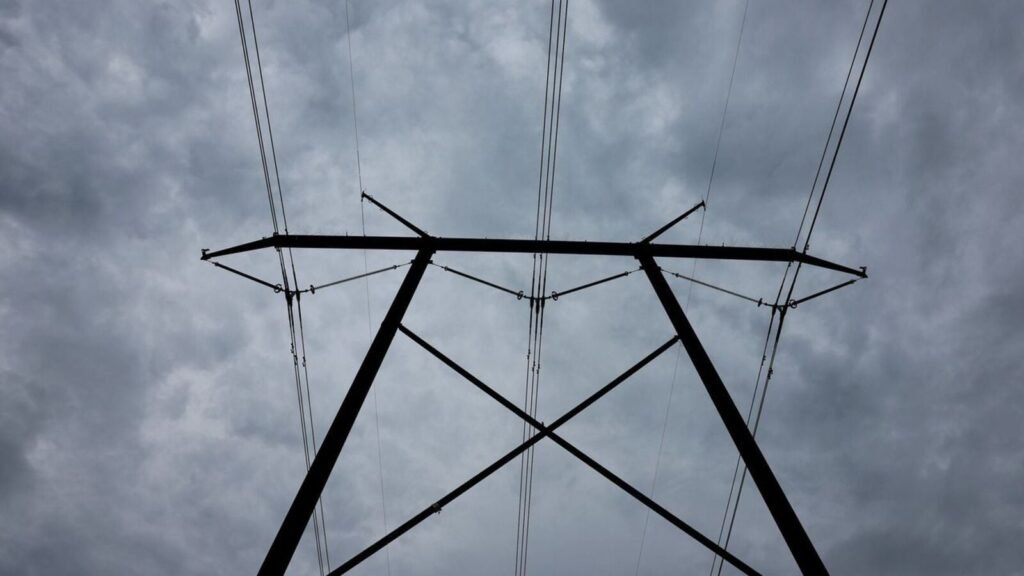Gujarat promises seamless grid connectivity to green energy firms

MUMBAI
:
The Gujarat government is planning a new green energy transmission corridor to connect the state’s upcoming mega projects of over 23-gigawatt capacity to the national grid, Arun Mahesh Babu, managing director of Gujarat Power Corp. Ltd (GPCL), told Mint.
Babu said the state has identified 15GW of renewable energy potential south of the 30GW renewable energy park—the world’s largest—at Khavda in the Kutch district and 7GW in north Gujarat near the Rajasthan border.
Babu said power from these new sites would be evacuated using the planned corridor. Evacuation means distributing electricity from the power plants to the national grid.
“A green energy corridor is in the planning phase,” he said. “Discussions with the CEA (Central Electricity Authority of India) are ongoing.”
The CEA advises central and state governments on power generation, transmission and distribution.
To be sure, India’s evacuation capacity has not kept pace with the development of renewable energy projects and has created a bottleneck. Issues like long wait for transformers due to high demand, land disputes and general project delays have resulted in stretched timelines for transmission infrastructure that connects renewable energy projects to the grid. Green energy producers have raised concerns that these delays could hurt their investments.
Babu, however, assured investors that “evacuation will not be a challenge in Gujarat” at the CII Green Hydrogen Summit in Mumbai on Thursday.
Big plans
The state plans to develop a renewable energy ecosystem, along with battery energy storage systems (BESS). The power from these projects will be partly supplied to the state’s 1,600-kilometre coastline, where it would be utilized to generate green hydrogen, Babu said.
The green hydrogen is then planned to be shipped from the state’s 42 ports to consumption hubs within the country and overseas, the bureaucrat explained.
India is aiming for 500GW of renewable energy capacity by 2030. Presently, it has about 155GW of operational renewable energy capacity, with just under 91GW coming from solar plants, showed the ministry of new and renewable energy (MNRE) data.
Gujarat has 29.5GW of operational renewable energy capacity as of 30 September, just a shade behind Rajasthan’s 30GW, according to the MNRE data.
The two states lead the country in renewable energy generation, given high solar irradiance and the availability of affordable land.
“We identified the potential of 15GW and 7GW a year ago. The development of renewable energy through parks has started in these areas in phases,” he said. “The parks are a part of Gujarat’s contribution of 100GW renewable energy by 2030.”
Another 700 megawatts (MW) of solar capacity is also being worked upon near Tata Power Co. Ltd’s existing 300MW plant at Dholera near Ahmedabad, he said.
Prime Minister Narendra Modi’s home state also has plans of developing 30GW of wind energy capacity off the shore of Bhavnagar in the Gulf of Khambhat, Babu said. However, the plan is in the early stages.
“The Gujarat government’s plan to create a new green energy transmission corridor can be transformative for the renewable energy sector. We hope to see other green energy resource-rich states follow Gujarat’s initiatives in strengthening power transmission infrastructure,” said Shashank Sharma, chairman and chief executive of Sunsure Energy, an independent power producer.








